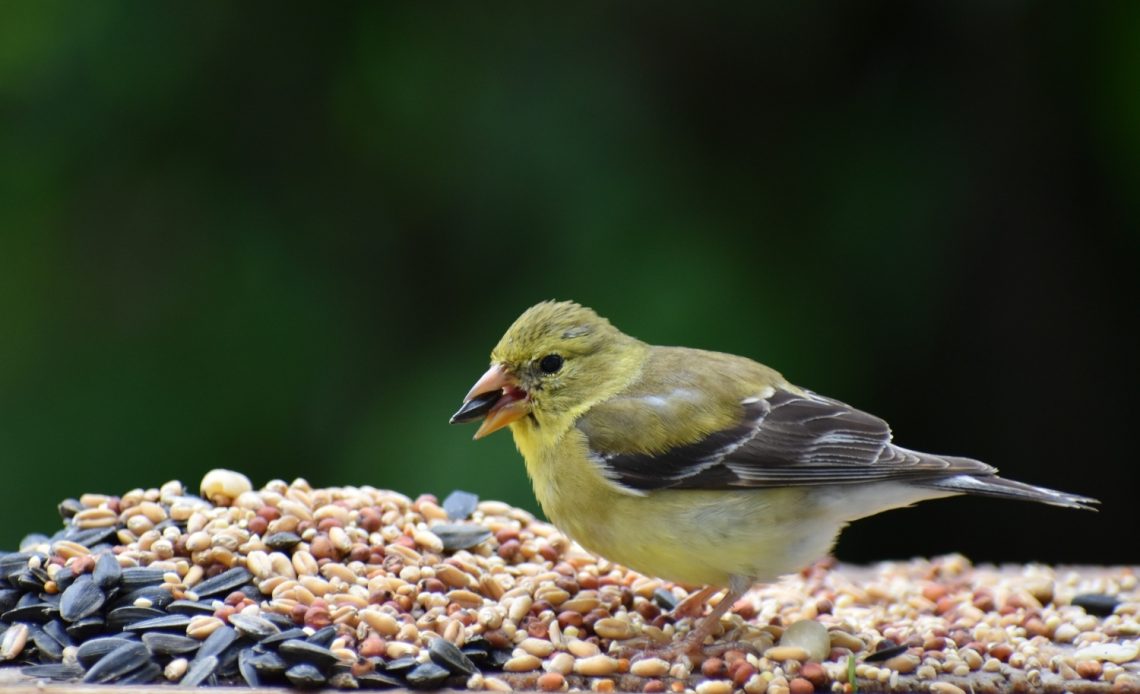

We’re here to help! Wild Yards is a completely free website that is 100% dedicated to helping you create a wildlife-friendly, sustainable yard. Read more
WildYards is reader-supported. When you buy a product through a link on our site, we may earn a comission. Every product is independently selected by our (obsessive) editors and our reviews are unbiased and objective. Read more about our mission or our privacy policy.
Feeding the songbirds in your neighborhood is a great way to support local wildlife, and it also gives you the opportunity to birdwatch from the comfort of your home. But while filling your feeders with a commercially available birdseed blend is a good start, your neighborhood birds can’t survive on seeds alone. Songbirds are omnivorous and need to consume a variety of foods to stay healthy. So just what should you feed wild birds visiting your backyard?
Fill your feeders with peanuts, cracked corn, and sunflower seeds, which are especially popular with larger birds like woodpeckers and bluejays. Mealworms can be used to attract robins, while dried and fresh fruits are a great way to bring more waxwings, mockingbirds, and bluebirds to your yard.
What should you feed the birds in your backyard?
Filling up a birdfeeder with a basic songbird seed mix is an excellent starting point if you want to bring more birds to your backyard. But, why stop there? Make your backyard a safe haven for your region’s songbirds by offering them some of their favorite foods.
Nyjer seeds
Nyjer seeds, also sometimes called “thistle seeds”, are tiny, about the size of a grain of rice. But they’re an excellent source of fats and proteins that birds need to stay healthy. Because they’re so small, nyjer seeds would quickly spill out of a regular bird feeder. So use a special nyjer seed sock to feed your neighborhood birds instead. Nyjer seeds are popular with goldfinches, redpolls, and pine siskins.
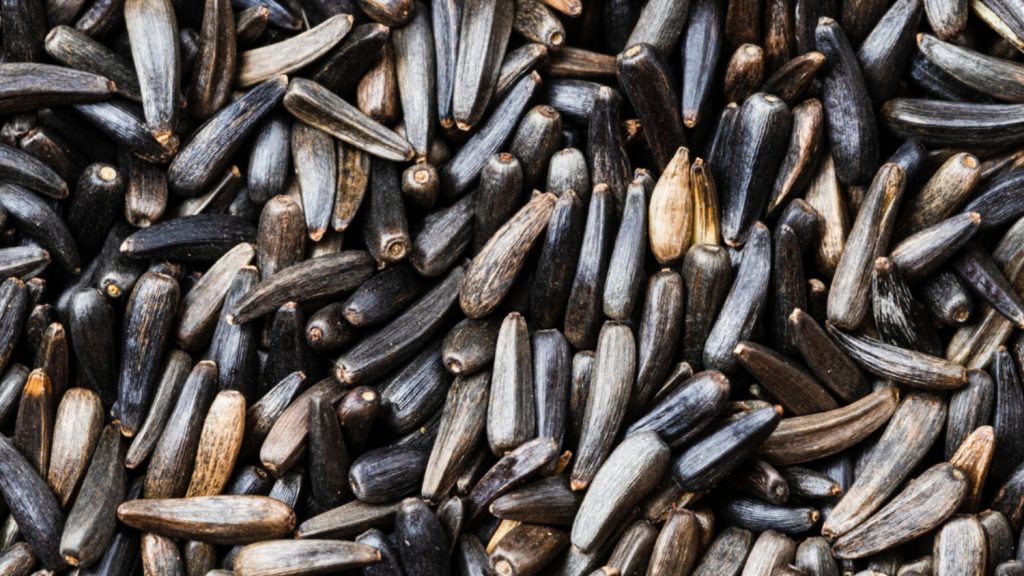
Cracked corn
Inexpensive and easy to find, cracked corn is often sold in 40 to 50-pound bags to feed deer and game fowl, like quail, turkeys, and pheasants. But it’s also a hit with doves, cardinals, and sparrows, who rely on this carbohydrate-rich food source to help them get through the winter months. Cracked corn can also be used to attract grackles, jays, and crows.
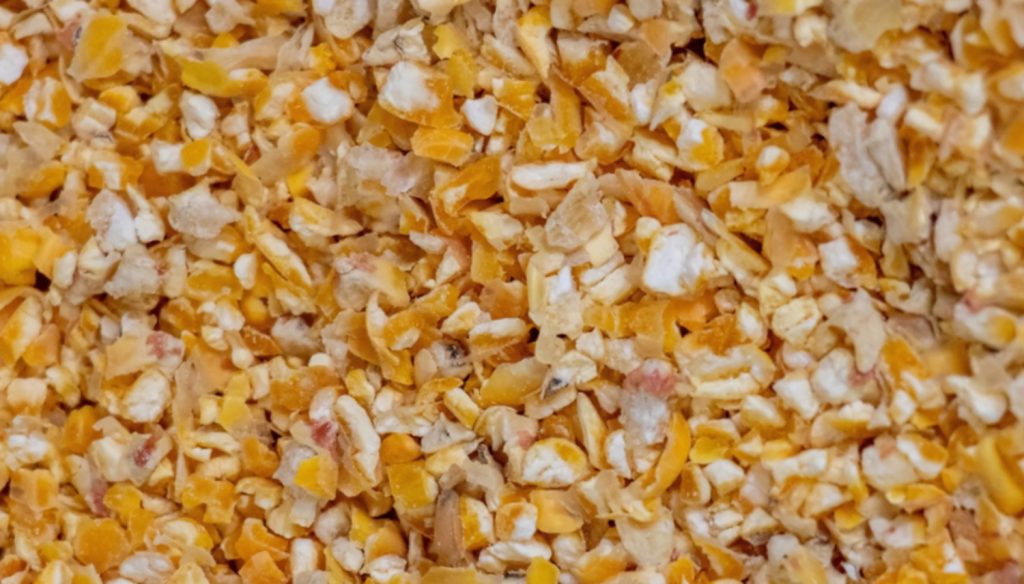
Peanuts
Jays, grackles, crows, nuthatches, chickadees, and titmice are just a few of the birds who love to snack on peanuts. Fill a terra cotta plant saucer with some peanuts (shelled or unshelled) for your local birds to snack on. Squirrels love them, too, because they’re a nutrient-dense source of fats and proteins that help them get through winter. You can set out peanuts that are roasted or raw, just be sure they’re unsalted.
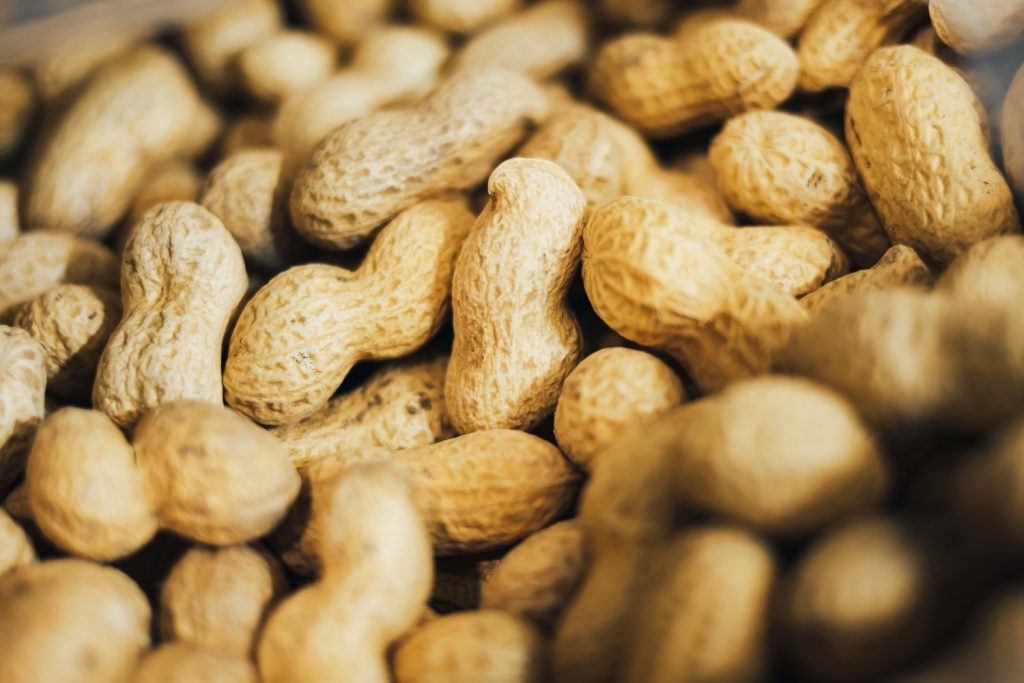
Millet
If you want to feed smaller songbirds, like juncos, sparrows, and chickadees, sprinkle a few handfuls of millet around your yard. These little birds like to stay near treelines, where they can make a quick getaway if they spot a predator. Try setting up a bird feeder filled with millet 1 to 3 feet above the ground where these birds like to hang out. You can also purchase spray millet, which is millet that’s still on the branch. Your songbirds will enjoy keeping busy pulling the millet straight from the stems.
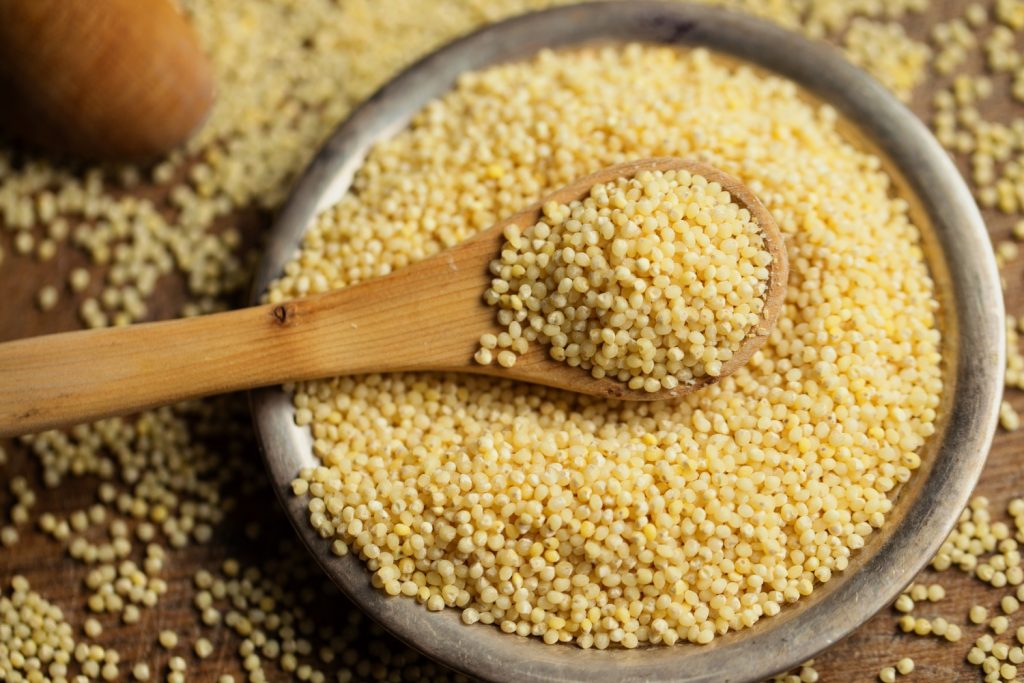
Sunflower seeds
Most commercial birdseed mixes contain a few sunflower seeds. But consider filling a separate feeder with sunflower seeds alone. These tasty seeds are good for birds for the same reasons they’re good for us humans. They’re an excellent source of healthy fats, as well as fat-soluble vitamins A and E. Shelled or unshelled, sunflower seeds can be used to attract more jays, finches, chickadees, titmice, and cardinals to your property.
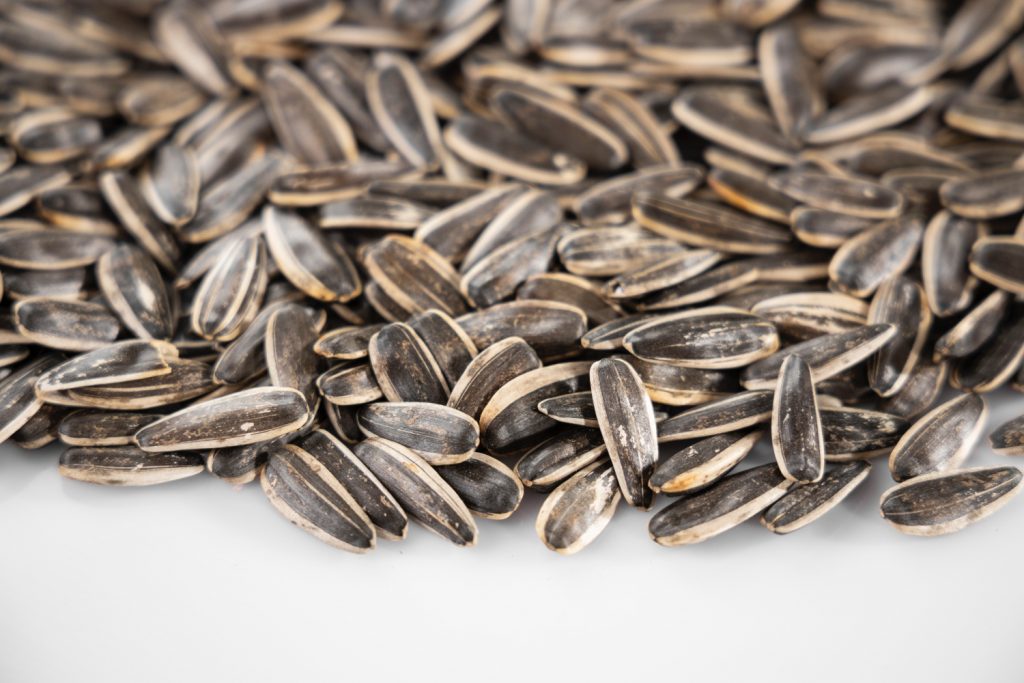
Mealworms
While most songbirds are happy to snack on seeds, they still enjoy eating bugs. Give your backyard birds some variety by sprinkling a handful of mealworms underneath your bird feeders. Dehydrated mealworms are available at most feed stores, where they’re sold as chicken feed. Robins are especially fond of mealworms, but many other birds enjoy foraging on them, too, because they’re an excellent source of protein. Use mealworms to bring more starlings, flycatchers, bluebirds, thrushes, and warblers to your property.
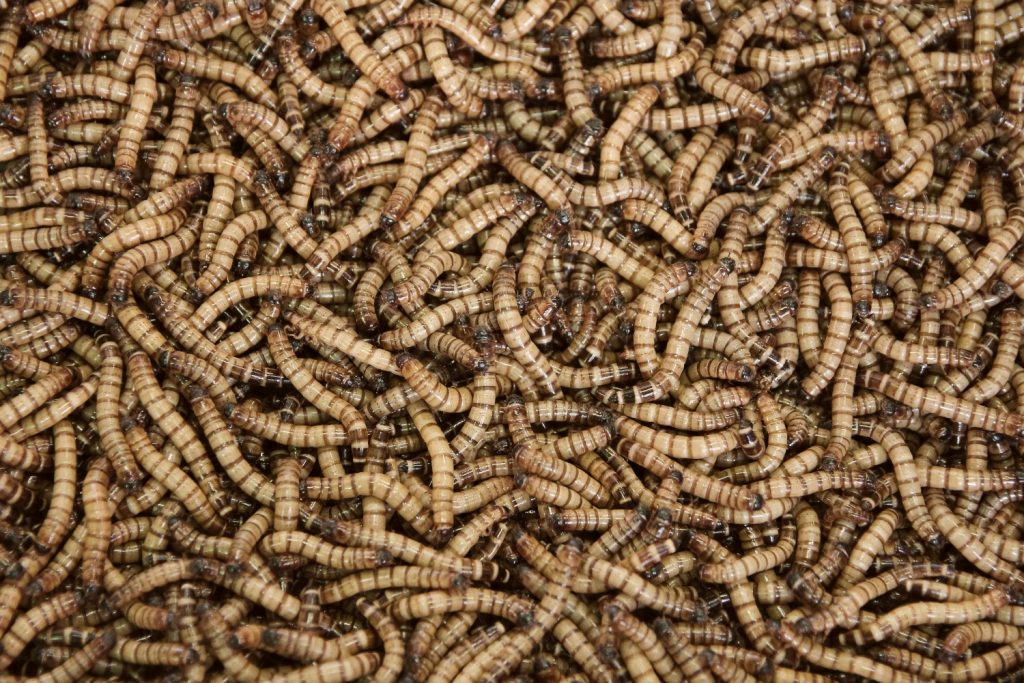
Sugar water
Hummingbirds have incredibly fast metabolisms, so they rely on nectar to stay healthy. Homemade hummingbird food can really help migrating flocks make their way from point A to point B. But did you know that other birds like to drink sugar water, too? It’s not unusual to see orioles, warblers, thrushes, mockingbirds, titmice, finches, and sparrows drinking from hummingbird feeders. So once the hummingbirds have gone for the season, consider keeping a hummingbird feeder out to feed the songbirds that stay behind.
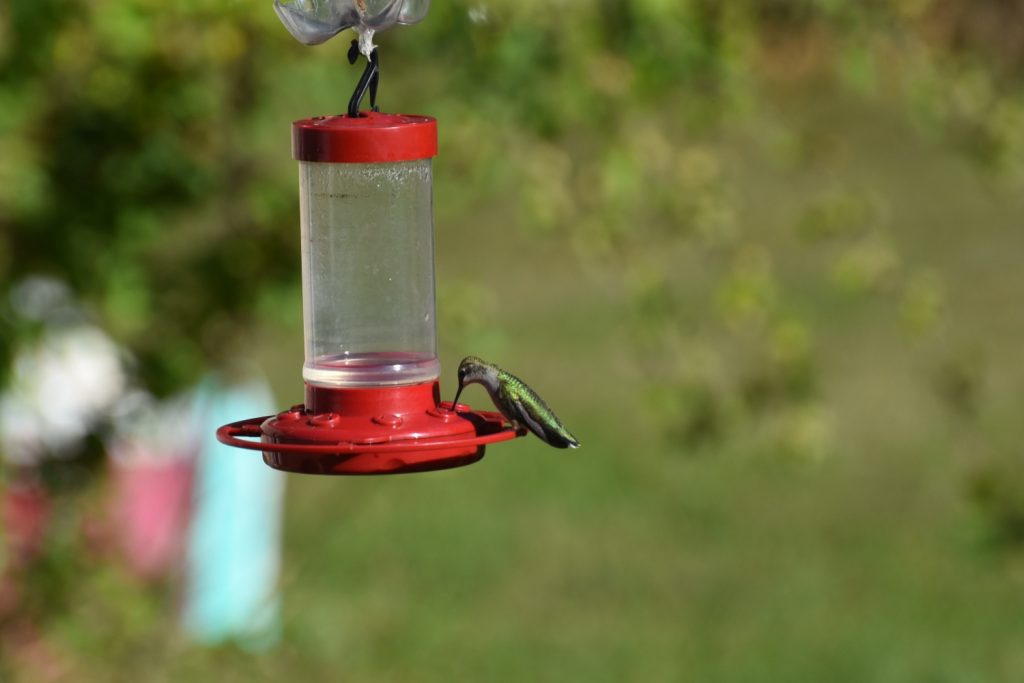
Peanut butter
Rich in fats and proteins, peanut butter is perfect for feeding local birds throughout the fall and winter months, as food sources become less available. Peanut butter is nutrient-dense all on its own. Just spread a few spoonfuls onto a pine cone and hang it out for your local birds to enjoy. But you can also mix cornmeal in with it to give your birds a healthy dose of carbohydrates. Chickadees, titmice, and woodpeckers are crazy about peanut butter, so leave some near where these birds like to hang out.
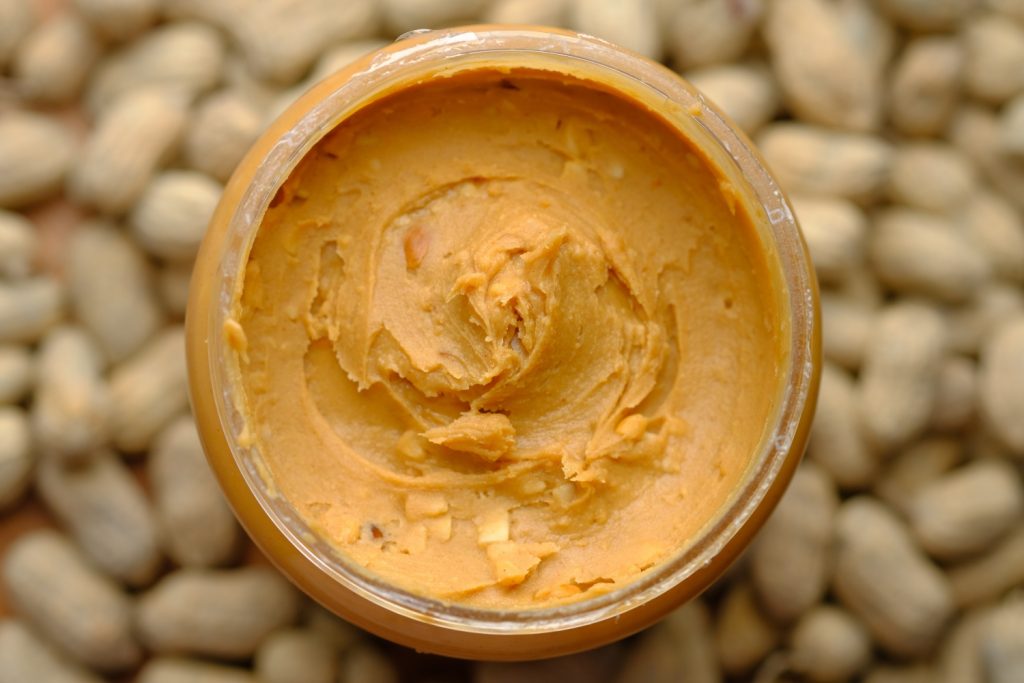
Suet
Suet is a mixture of seeds, insects, and dried fruits held together with animal fat (usually beef fat). Suet cakes can be purchased at most feed stores, but they’re easy enough to make. You can use any combination of seeds, insects, and dried fruits mentioned in this list. Feel free to experiment to find out which ingredients your backyard birds like best.
Because animal fat can go rancid quickly in warm weather, it’s best to only put out suet when it’s cool outside. This is when birds will be most interested in it, anyway, as they rely on fat-dense foods to generate heat. Suet is popular with most birds because it’s an energy-packed food source during the coldest months of the year.
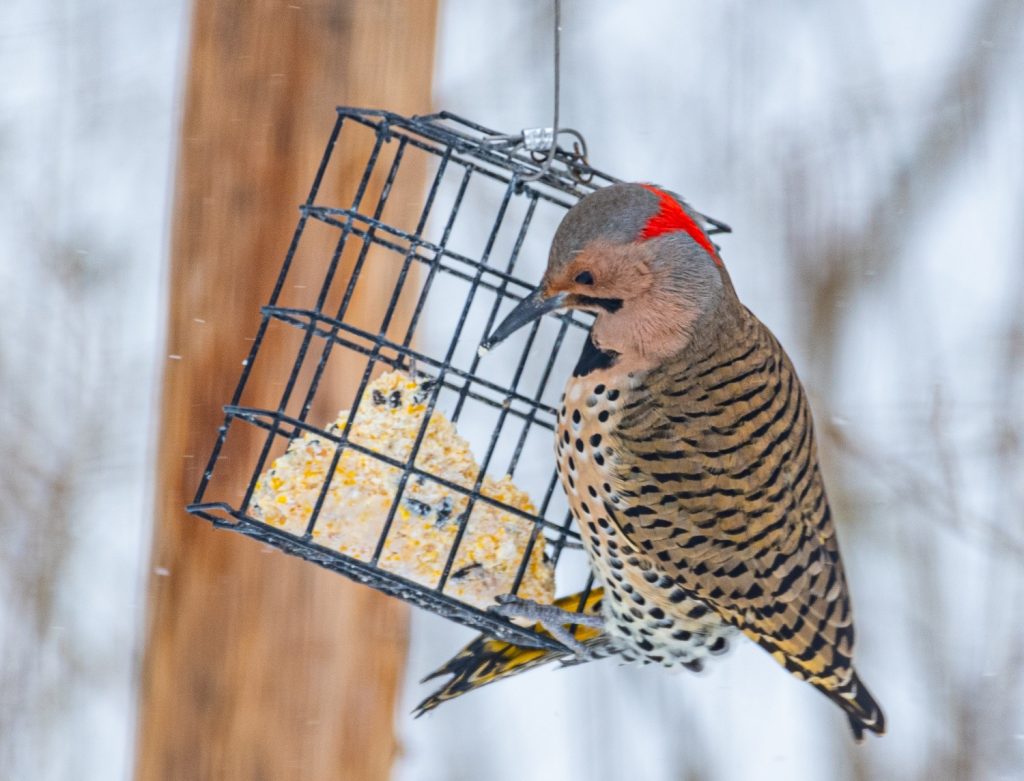
Fruits
Some birds, like mockingbirds, don’t really eat seeds. It’s unusual to see them browsing around bird feeders. So if you want to attract more of these birds to your backyard, you’ll need to set out some fruit. Unsweetened dried fruits, like raisins, work very well and are an inexpensive choice with a longer shelf life. But you can also set out apple slices, strawberries, oranges, bananas, blueberries, and melons for them to pick through. Fresh fruits are full of moisture, the perfect snack for a hungry bird on a hot summer’s day.
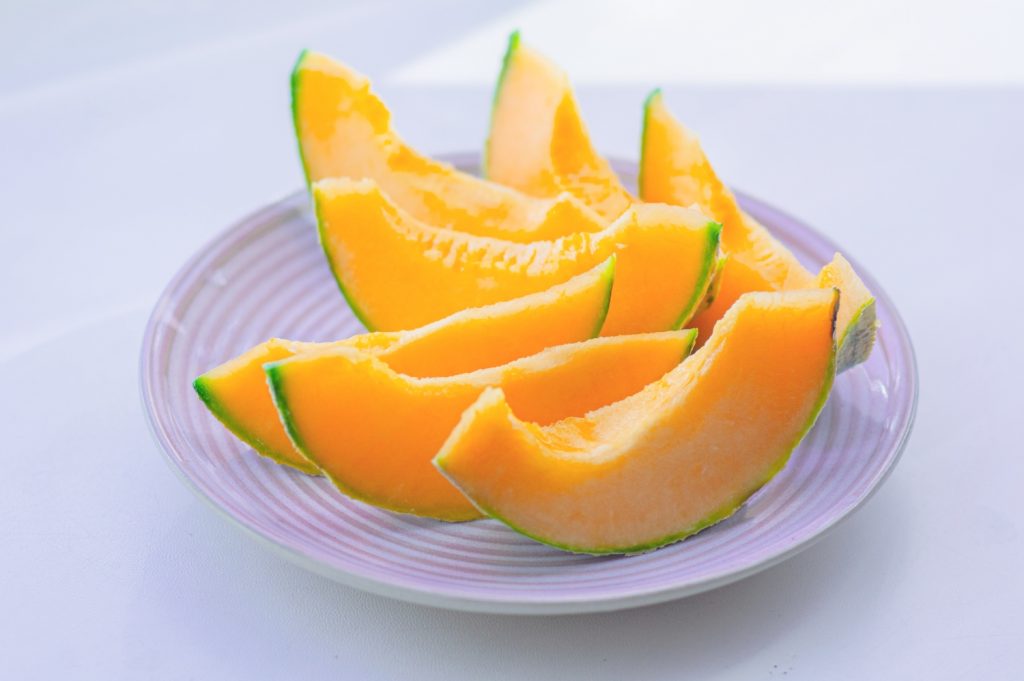
Eggshells
Birds swallow their food whole, leaving it to their muscular stomach (the gizzard) to grind it down. Because they don’t chew their food, birds need grit to improve their digestion, so be sure to keep some on hand to help your flock stay healthy.
Eggshells make great grit for birds. To prepare eggshells for the birds, spread washed and dried eggshell pieces onto a baking sheet and bake them at 250 degrees Fahrenheit for 15 to 20 minutes. Once they’ve cooled down, pulverize them in a food processor and set them outside in a dish for birds to enjoy.
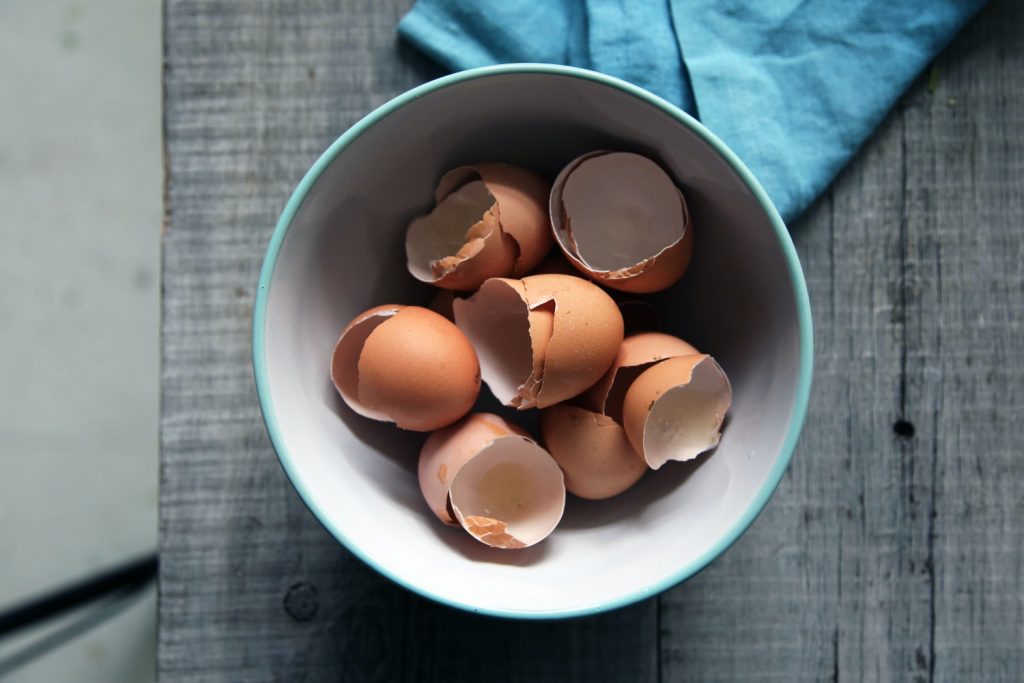
How should you feed the birds in your backyard?
Birds are foraging animals. They like variety! So it’s best to set up several feeders at different heights to keep the birds busy and encourage that foraging instinct.
Be sure to scatter millet and mealworms on the ground for sparrows to feed on, and keep a few feeders full of sunflower seeds, peanuts, and cracked corn throughout your yard for jays and grackles to visit.
Tubular feeders are ideal for dispensing millet, nyjer seeds, and sunflower seeds (depending on how large the openings are). Install 1 or 2 of these types of feeders throughout your yard to feed finches and nuthatches.
It’s important to keep your bird feeders spaced far enough apart to prevent any competition between species. Larger birds, like jays and grackles, are intimidating to chickadees and sparrows, who may choose not to visit your yard if their preferred food is too close to these birds. So be sure to give your birds plenty of room to spread out.
What should you avoid feeding wild birds?
As important as it is to feed birds all the right things, it’s just as important to avoid feeding them the wrong things. Never feed birds table scraps, chocolate, candy, or bread. Dried beans, lentils, peas, and rice shouldn’t be offered to birds, either, as these foods may swell after consumption, killing the bird.
Additionally, if you open up a bag of birdseed and find moldy clumps where the seed obviously got moist at some point, or if you find strange discolored bits, toss it in the garbage. Never feed birds moldy, discolored, infested, or rancid foods. Like humans, eating bad foods can make birds sick. Store your birdseed in airtight containers in a cool, dry place to prevent spoilage.
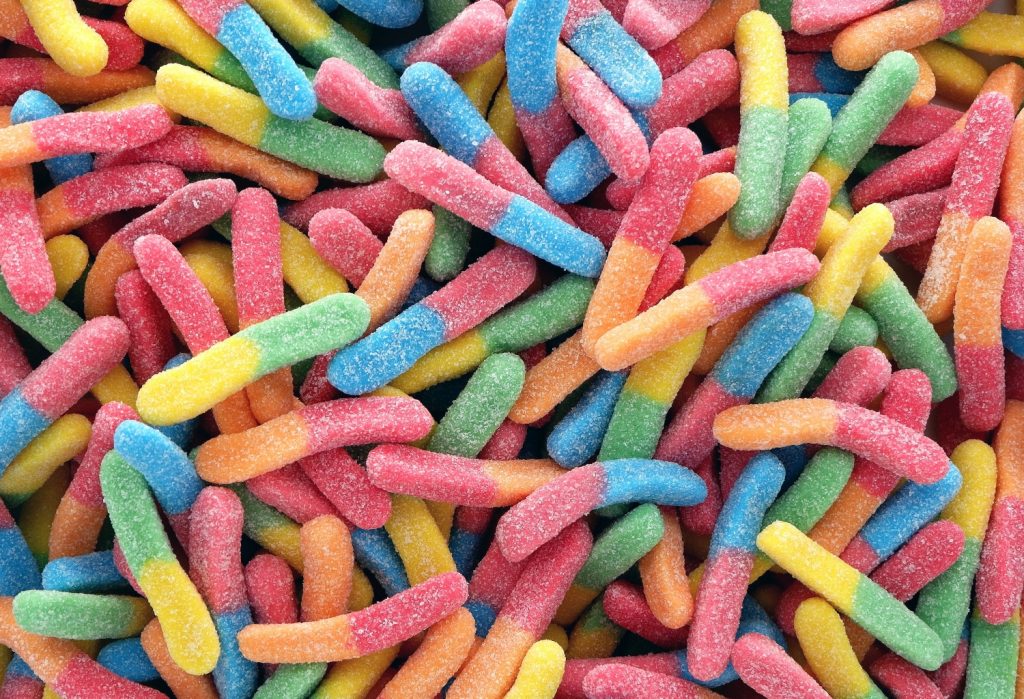
What else can you do to bring more birds to your backyard?
When you set out plenty of different foods for your neighborhood birds to peruse, it’s only a matter of time before they make a beeline to your backyard. But there is one thing that birds need even more than fruits, mealworms, and cracked corn, and that’s water.
Be sure to install a birdbath to provide your flock with a reliable source of water. Clean out your birdbath regularly so it doesn’t become stagnant, and fill it with fresh water every day to help the birds cool down.
Giving your birds plenty to eat and drink will make your backyard a refuge for neighborhood songbirds. And not only will this give you hours of birdwatching enjoyment, but it will also support your ecosystem all the way around.
